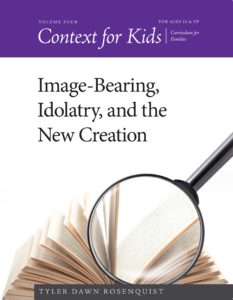 Context for Kids Volume 4 is now available at Amazon.com so I am giving you a sneak peak at the first two chapters. This book is, from start to finish, one big lesson on how we are to be true image-bearers of God through following His Messiah, Yeshua/Jesus. The first half of the book talks about our original function, how that was corrupted by the sin of Adam and Eve, and how God directed the rest of the history towards the New Creation on the Cross and what that means in our lives. The last half of the book is an exploration of what the Fruit of the Spirit should look like in our lives based on the life of our Master.
Context for Kids Volume 4 is now available at Amazon.com so I am giving you a sneak peak at the first two chapters. This book is, from start to finish, one big lesson on how we are to be true image-bearers of God through following His Messiah, Yeshua/Jesus. The first half of the book talks about our original function, how that was corrupted by the sin of Adam and Eve, and how God directed the rest of the history towards the New Creation on the Cross and what that means in our lives. The last half of the book is an exploration of what the Fruit of the Spirit should look like in our lives based on the life of our Master.
From the back cover: Do you know why Jesus had to come in human form and die a terrible death at the hands of the Roman Empire? We all know the easy answers, but are they too easy? What do the life, death, burial, and resurrection of the Son of God have to do with humankind’s original mission in the Garden? Was Jesus plan B, or was He always the only plan? What does the Law given at Sinai have to do with the ongoing story of redemption? What happened to mankind when idolatry entered the picture, and how did Jesus reverse that damage? Finally, what exactly is this New Creation referred to by Paul in his second epistle to the Corinthians, and why is it one of the central, while least understood, themes of Scripture? New Creation studies is one of the hottest topics among scholars today—one that is radically transforming our concept of what it means to be a disciple of Christ. Arming kids with this knowledge will equip them to live out their faith as adults. Join me as we discover exactly why Jesus had to die by crucifixion—and why that death and resurrection took the polytheistic world by storm. Learn God’s plan for humanity as it existed from the beginning, how humankind corrupted their status as image-bearers, and how the New Creation – inaugurated on the Cross – literally changed everything.
LESSON 1
God Is Not Like Us
“For my thoughts are not your thoughts, neither are your ways my ways, declares the Lord. For as the heavens are higher than the earth, so are my ways higher than your ways and my thoughts than your thoughts.” (Isaiah 55:8–9, ESV)
What was God telling the prophet Isaiah when He inspired him to write this Scripture? The children of Israel were in terrible trouble; they were divided into two different countries: Israel in the north and Judah in the south. These were the descendants of those who, seven hundred years earlier, were united around the base of Mt Sinai, received the commandments and heard the voice of God speaking from the Mountain, and were sprinkled with the blood of the Covenant. Their children had gone their own ways, and, under bad leadership, were falling into more and more idol worship and cruelty. Isaiah, and all the Bible prophets, called out to Israel and Judah to persuade them to return to God with all their heart, mind, and strength. Sometimes a good king would rise up and lead the kingdom of Judah into more righteous living for a while; but all too often, as soon as he died, a wicked king would take his place and make things even worse.
So, what happened? Well, what always happens — people decide for themselves what God wants and believes instead of listening to what He says He wants and believes. When we do that, we are treating our own thoughts and ways with more respect than His. We are saying that our thoughts are actually the same as, or better than, His thoughts; we are insisting that our ways are the same as, or better than, His ways.
Throughout our lives, people will tell us that the Bible was written by men who were just giving us their opinions; they might even say that those men made up God entirely! Why do they say such things? Well, the Bible presents an incredibly challenging way of life; it tells us to love God first and to love our neighbors in some very self-sacrificing ways. The Scriptures command us to care for the widowed, poor, orphaned, hungry and oppressed. That deprives us of our time and money. We are commanded to kindness and compassion — to honor others more highly than ourselves. God’s Word teaches us which things are abominable — completely unacceptable — to Him. But if those things appeal to us, personally, we might convince ourselves that they really are acceptable to God. In some cases, we may not want to do forbidden things, but because other people do, we might feel so guilty or embarrassed about what the Bible says that we ignore or discount it.
He says, “For I the Lord, do not change.” (Malachi 3:6a, ESV)
Unfortunately, we try to change Him whenever He tells us something that we don’t want to hear. We also try to change Him when we claim that He is like us. Have you ever heard anyone say, “Jesus was a Conservative”? A Republican? A Liberal? How about a Democrat? There are even books on the market claiming such things, but that is a big mistake. What Jesus was, and is, is the very image of the Living God. We will discuss what that means in later lessons. In a nutshell, it is saying that the only entity Jesus is like is God the Father. Sometimes Conservatives and Liberals, Republicans and Democrats, get something right, but it isn’t because Jesus is like them; it’s because they decided to act like Jesus. That’s a HUGE difference. Our job is to become like Jesus because He is like God; He is the only flesh and blood perfect example that we have. Jesus’s example, referred to throughout this book, is going to teach us the differences between true worship and idolatry, true images and false images, and good fruit and bad fruit. Jesus is going to teach us about why He died — and that is to make each of us into a New Creation.
HOMEWORK
This is a really short lesson because I have given you a lot to think about in one day. Did you know that many people, especially adults, go through their entire lives without it ever occurring to them that God disagrees with them on anything? Can you think of an instance where the Bible says one thing but people claim that the opposite is true? Do God’s churches always agree with Him and His Word? Read Isaiah 55:8–9 again, and then read what King Solomon wrote:
“What has been is what will be, and what has been done is what will be done, and there is nothing new under the sun.” (Ecc 1:9, ESV)
Do you think we are any different than the people in the Bible, or do we need to be careful not to fall into the same exact traps?
LESSON 2
Made in His Image
There is a weird and mysterious verse in the first chapter of Genesis that tells us God’s intentions in making humans: “Then God said, “Let us make man in our image, after our likeness. And let them have dominion over the fish of the sea and over the birds of the heavens and over the livestock and over all the earth and over every creeping thing that creeps on the earth.” So God created man in his own image, in the image of God he created him; male and female he created them.” (Gen 1.26–27 ESV)
People often ask, “What does that mean? Does it mean that God has a body as we do? Is God a human that looks like us, or is He male and female at the same time?” Well, to answer those questions we need to look at what the word “image” means throughout the Bible.
There are two main kinds of images in the Scriptures — true images and false images. Let’s talk about false images first so we can get a better idea what a true image might be.
We don’t really see it in our modern world, but in Bible days the world was full of false images or idols. Idols were carved or molded figurines of imaginary gods; people would set small ones up in their homes, and priests would set large ones up in temples. Now, contrary to what a lot of people believe, no one thought that these were the gods themselves. They believed that an idol served as an intermediary.
Intermediary — a person or thing that acts as a link between a person and their God/god; a type of mediator.
In the case of idolatry, the idols themselves were just regular clay, wood, or metal — although sometimes they would make them from special “sacred” wood or of metal that “fell from heaven” (a meteorite). What made every idol special in the eyes of the worshiper was the mouth opening ceremony. To make an idol functional, the idol maker or the priest would chant a special incantation and touch a sacred dagger (or some other item) to the mouth of the idol. This was done to fill the idol with the life essence of the god — temporarily or permanently.
Now, why would they do that? Were they trying to trap the god in that idol? Nope.
You see, their gods were nothing like the One True God of the Bible. Their gods needed to eat, sleep, and take baths! It may seem funny, but they really believed that — and still do in some religions even today. They didn’t have one God who created and ran the entire universe single-handedly; they had a whole bunch of gods in charge of specific things. They had a god in charge of the sun and another in charge of the moon, and it was obvious to them that the same god couldn’t do both of those things! They had a god of storms, a god of agriculture, a god of fertility, and…well, they had gods for everything! Their gods weren’t good at multitasking; they could only handle one job!
So what does that mean? Well, it means that each god had a vitally important cosmic function.
Cosmic Function: a heathen god’s area of responsibility, e.g. the sun, agriculture, fertility, etc.
Now here is where this became stressful for ancient idol worshipers: they believed their gods had very important jobs but that they also had to eat, sleep and bathe. If the gods were expected to find food for themselves or take care of their own needs, they might get distracted. Distracted gods weren’t going to do their jobs well: the sun might not come up, the rain might not fall, and the crops might die. Not only that, but the people believed that distracted gods got angry and sometimes meddled with humans just for fun. That was almost never a good thing. People wanted their gods to stay as far away from them as possible — doing their jobs and not making trouble!
So, what to do? Well, they made an idol to represent the god, performed a ceremony to put the life spirit of that god into the idol, and then cared for it. They “fed” the idol, clothed the idol, bathed it, oiled and perfumed it, and put it to bed at night (or during the day). What does that sound like to you? To me, it sounds an awful lot like they were treating the idol as a king or queen, and that is exactly what they were doing. Heathen priests were very much like a palace staff, and ancient temples were palaces for gods. As the palace staff cares for the king or queen so that they can do the hard work of running the kingdom and protecting the people, idols were similarly cared for in order to keep the world functioning properly.
You might be wondering how they fed the idol when an idol obviously cannot eat. Well, they would prepare the best food they could find and set it before the idol. The god would then “spiritually” eat the food while leaving the food itself behind. The priests got to eat the leftovers, of course, but feeding the god through an idol was the only way the people believed the god would not starve to death. They really didn’t think very highly of their gods in a lot of ways.
HOMEWORK/ART PROJECT
This week, I want you to think about false images. We are going to spend the entire curriculum talking about the second commandment and what it means in our everyday lives. In fact, I would like for you to make a poster of Exodus 20:4–6, and throughout the lessons I am going to encourage you to memorize it. It is a verse that a lot of people misunderstand (or don’t fully understand), but by the end of these lessons, you won’t be one of those people!
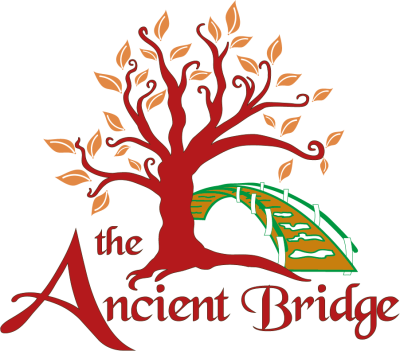



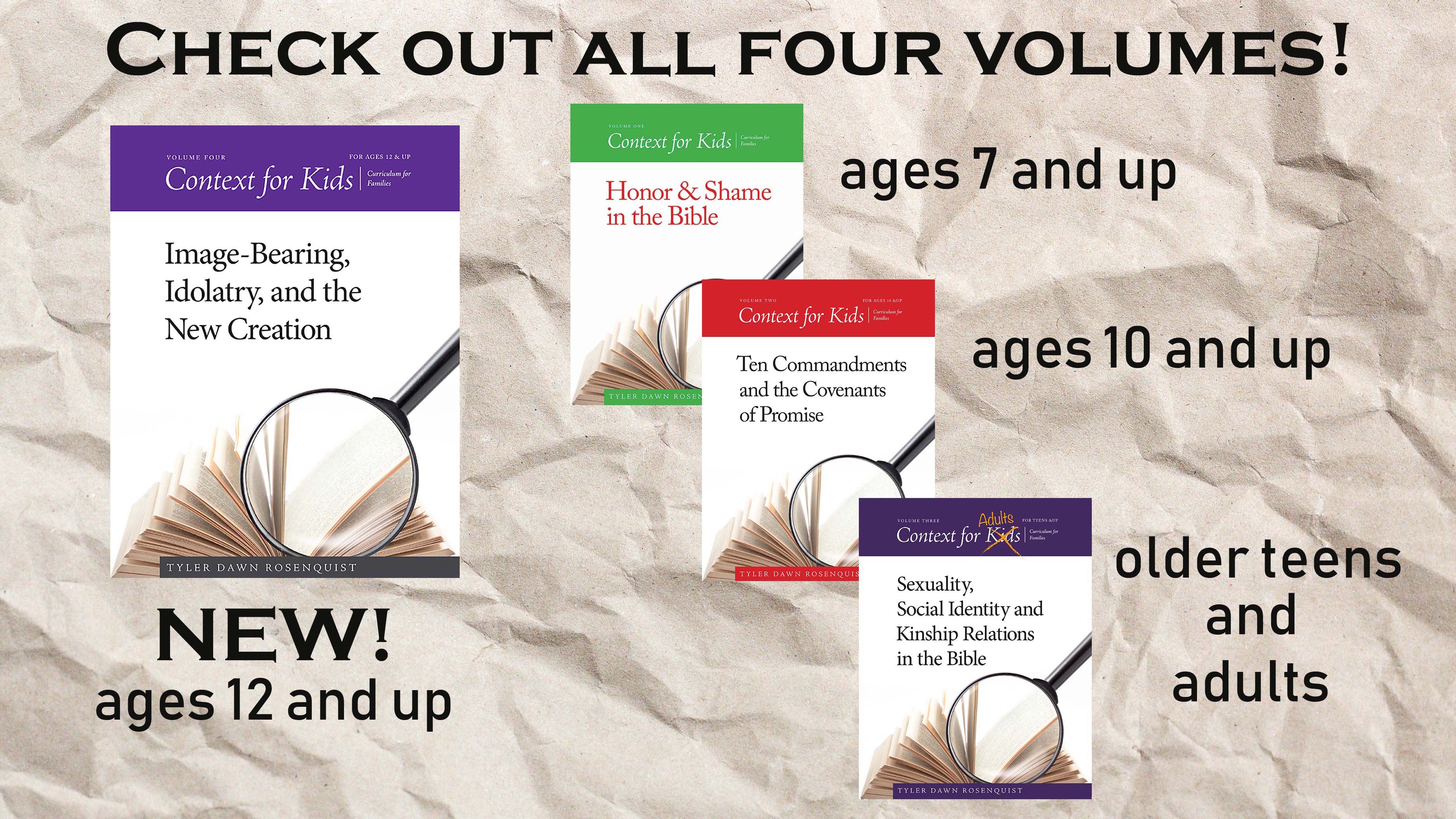

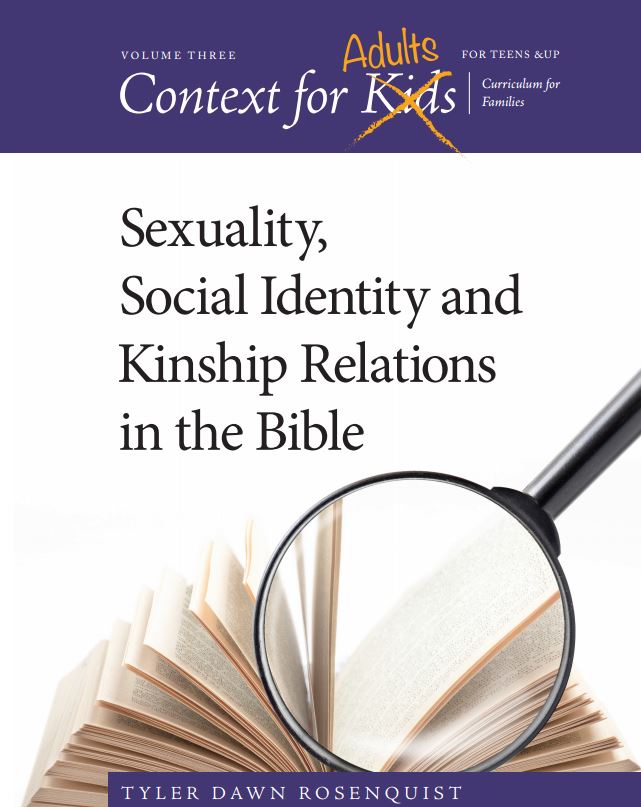

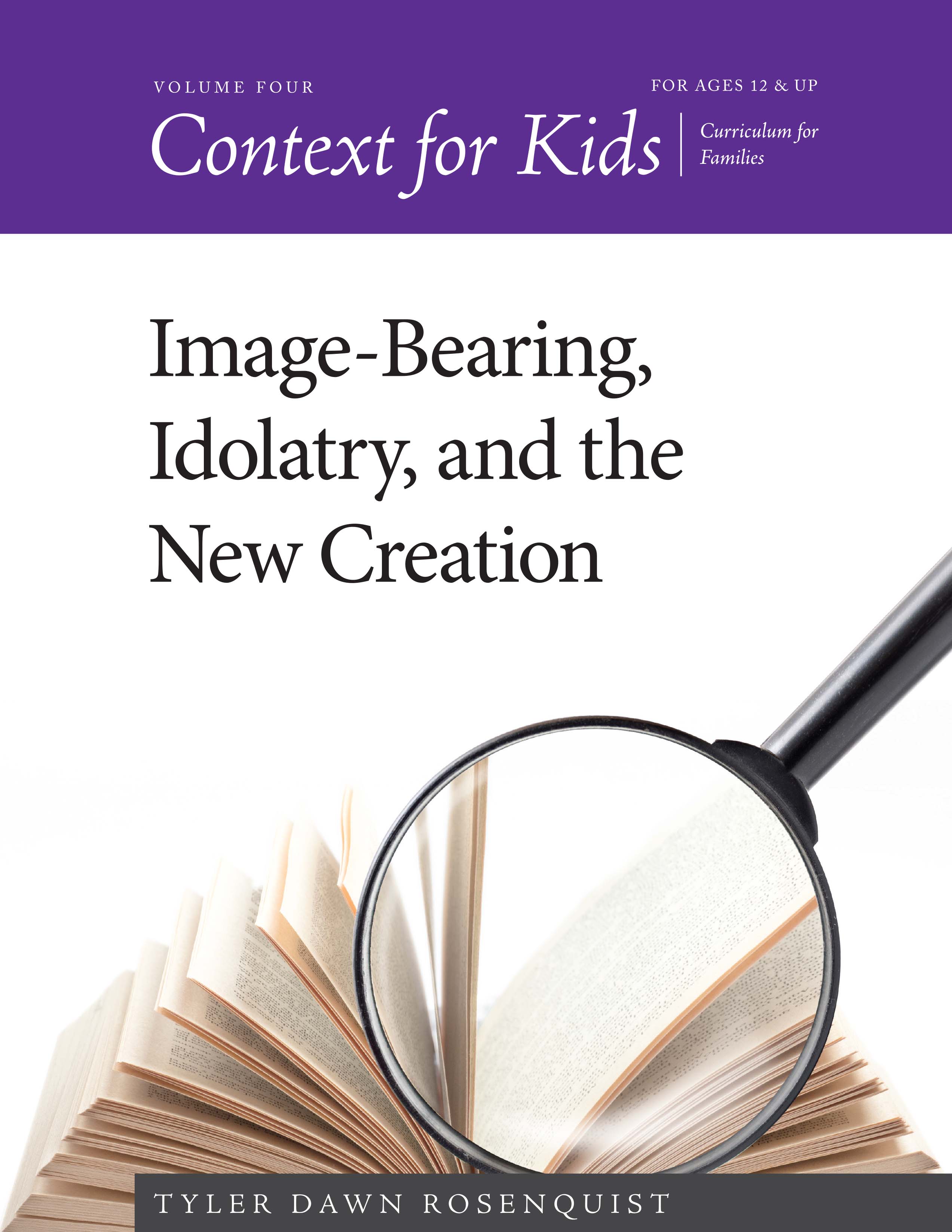
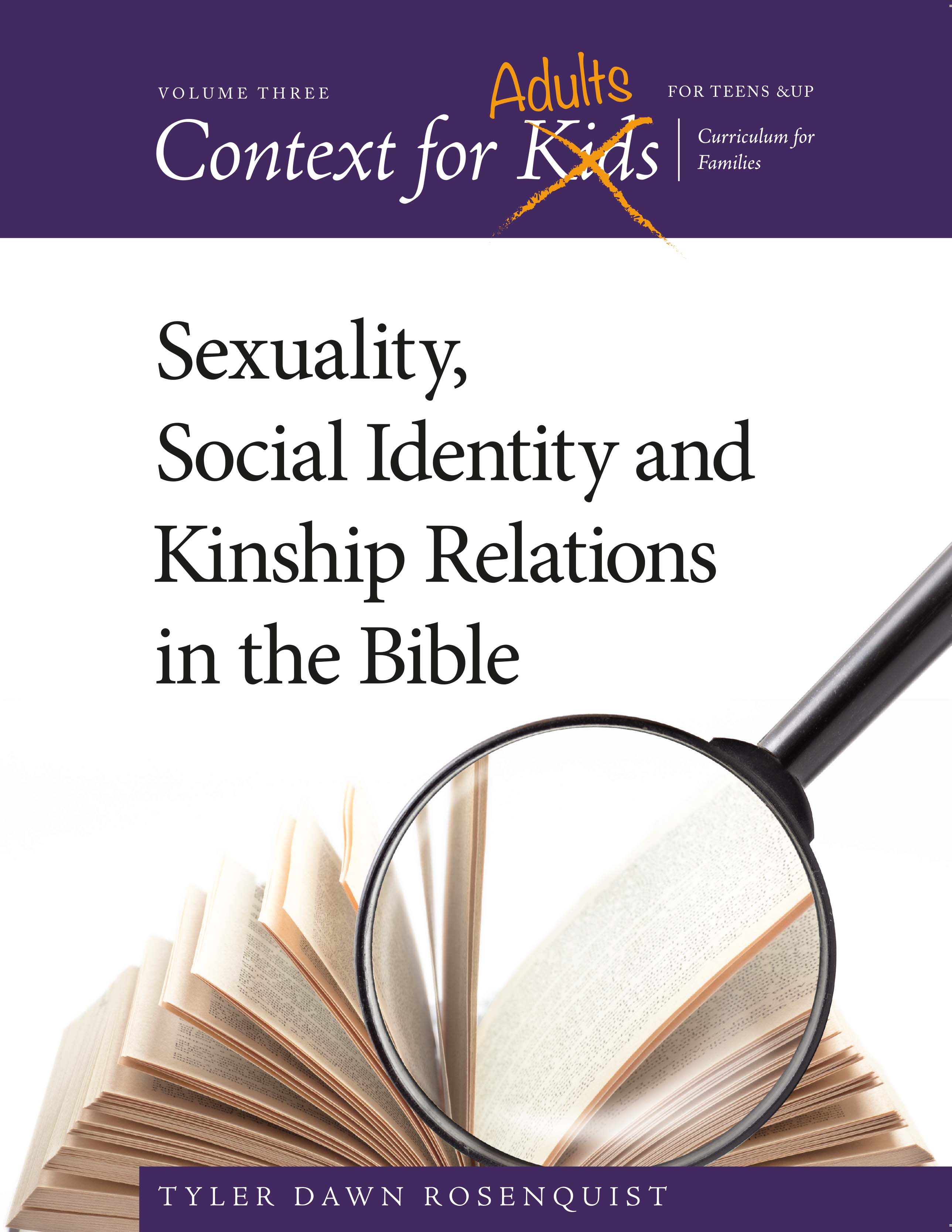
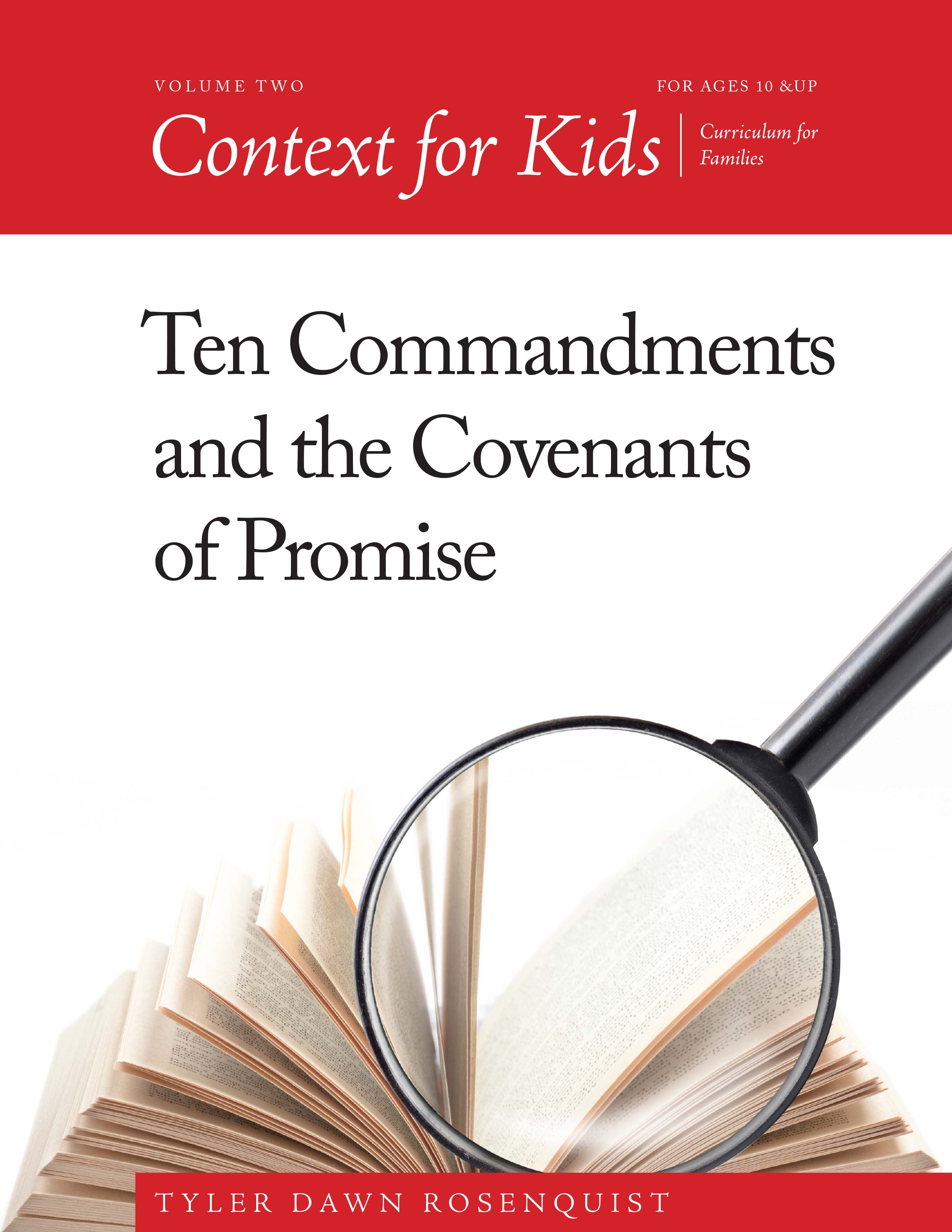

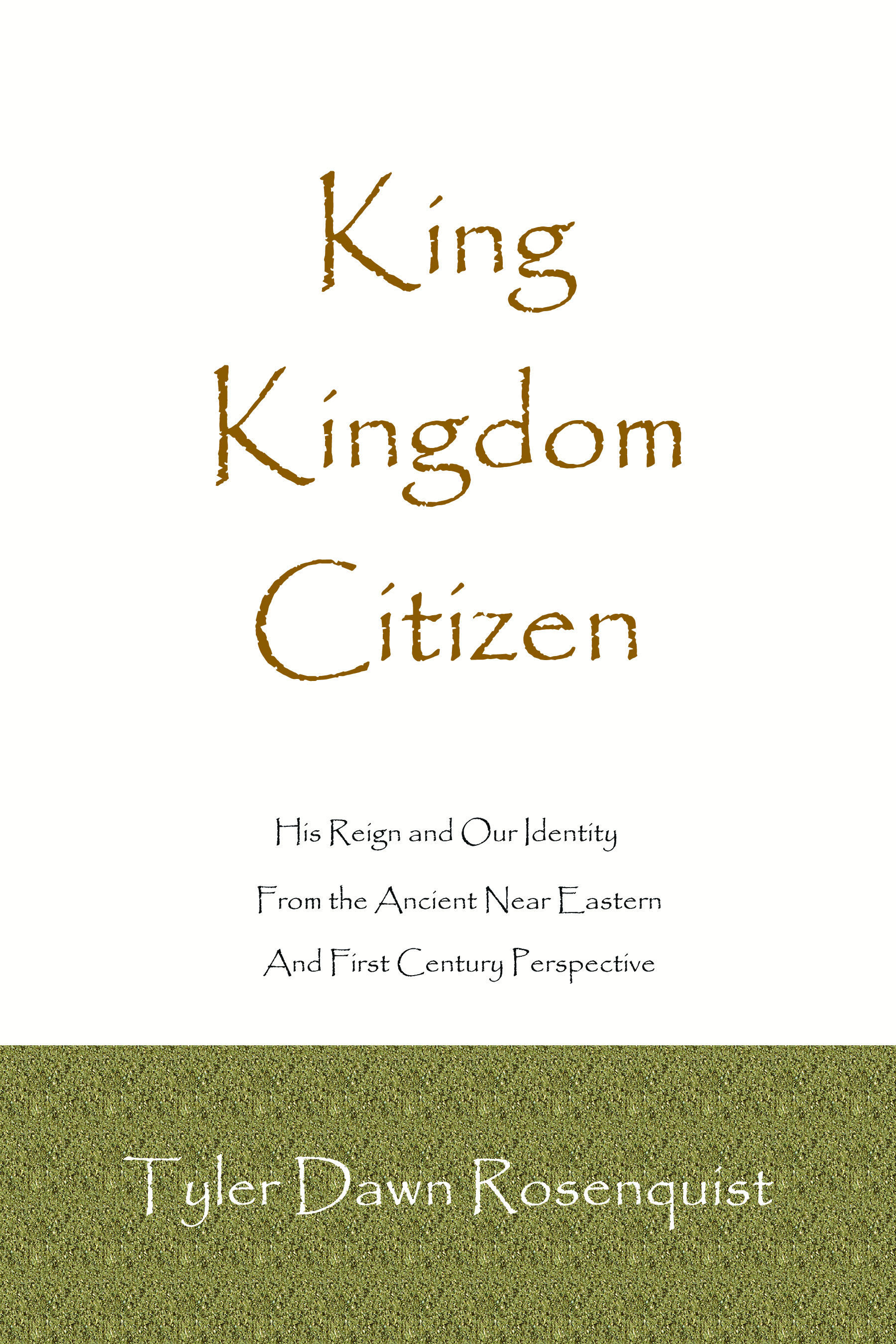
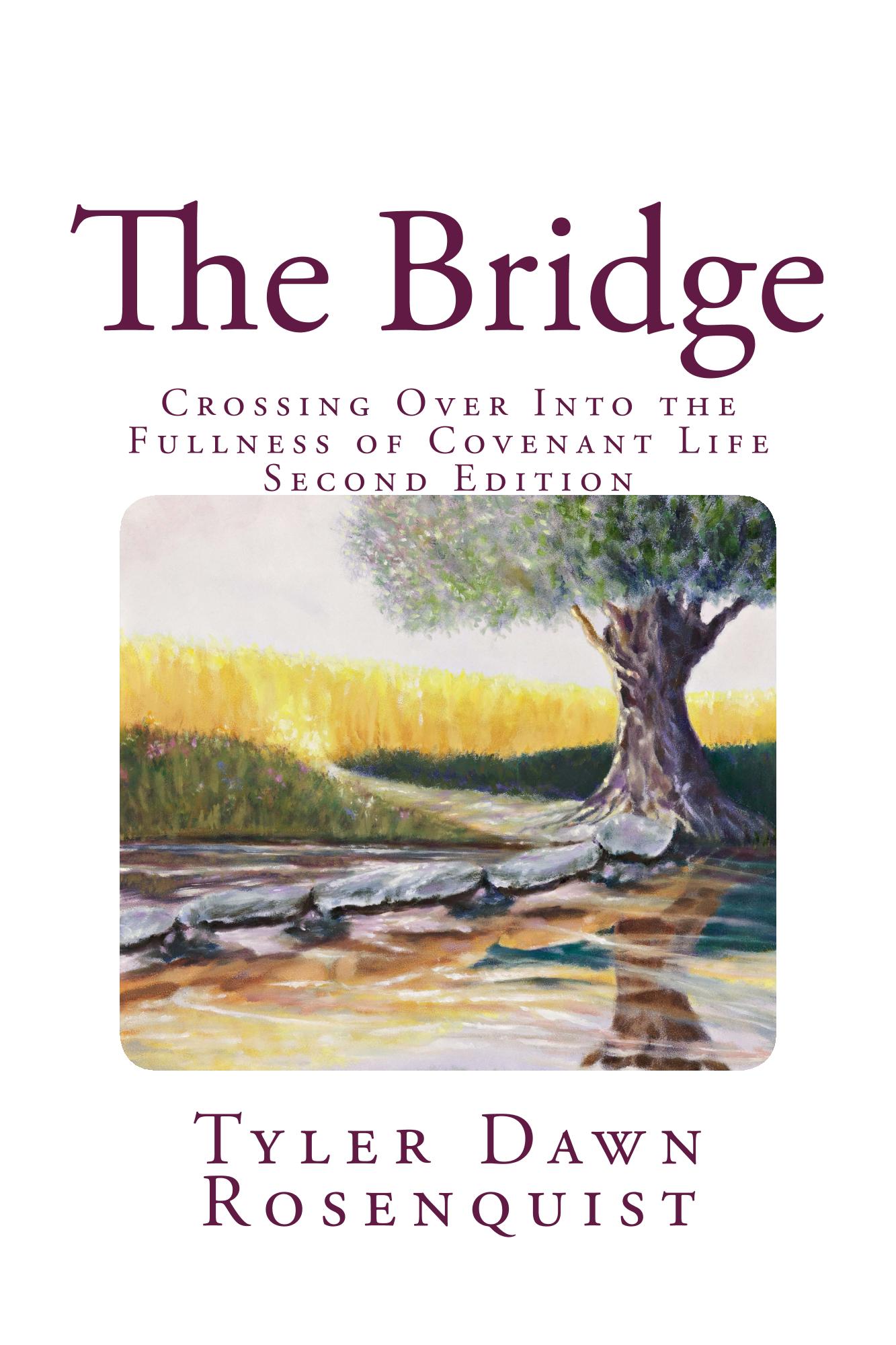


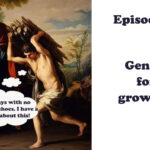


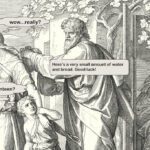
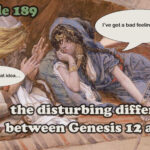

Tyler! This goes along with the “king’s bed chamber” rituals, someone undressing and dressing him, fighting over who gets to empty the royal chamber-pot, etc. I never connected that before, too good. rofl
yep, indeed. At the turn of the last century, people were still very proud to be “in service” – serving their betters. They saw themselves as a definite cut above any other laborers, like a priesthood.